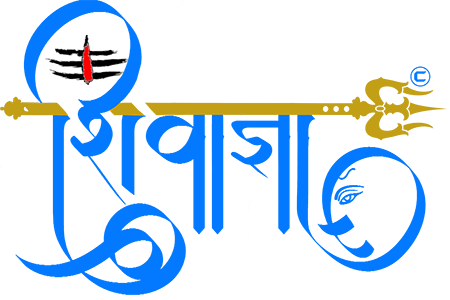Yii PHP Framework

Identifying the appropriate structure for your project is complicated when there are so many available. Any structure has benefits, drawbacks, and characteristics. Doing ventures without a structure is a difficult task. Frameworks make the work much easier while also providing some extra functionality and protection.
So, in this post, we will include a summary of Yii framework development to assist you in choosing a framework for your next project.
What exactly is Yii?
Yii is an abbreviation for “Yes It Is.” Yeah, that is the solution to all of your questions. It allows for optimal reusability. Yii is a component-based architecture of high performance. It is free and open-source software. It is purely an OOP system. It is based on the MVC (model-view-controller) architecture. Yii2 needs a web server that supports PHP 5.4.0.
On January 1, 2008, Qiang Xue (founder of Yii and PRADO) began to try to correct the shortcomings of PRADO (“PHP Rapid Application Development Object-oriented”): poor handling of complicated pages and trouble customizing certain commands.
After ten months of development, the first version of Yii was released in October 2006, followed by version 1.00 in December 2008.
Yii 1.1 was released in January 2010, introducing a shape generator, unit checking, and other features.
In May 2011, developers agreed to upgrade to new PHP versions to address architectural problems. Version 2.0 was released the next month.
The Yii 2.0 code was made available in May 2013, followed by the first stable version of Yii 2.0 in October 2014. PHP7 is still supported in the latest version 2.0.7.
Why Yii?
Yii has multiple functions, but the ones that are most commonly found are as follows:
- Yii has a validations function.
- Yii includes the GII extension, which simplifies the work by creating models, controllers, and views.
- It also produces CRUD with GII and has built-in authentication.
Yii source code is included in the repository:
Yiisoft’s GitHub page is here: https://github.com/yiisoft/yii2/
Yii is so quick because it doesn’t have classes until they’re used for the first time, and it doesn’t build objects until they’re accessed for the first time. Yii is safe because it manages three main types of threats, which are explained below:
XSS (cross-site scripting)
In a poorly designed method, a user will insert malicious JavaScript in the form and it will appear on the screen, while Yii scans for any malicious code entered and prevents it from accessing a website. This justification is handled by Yii’s CHtmlPurifier.
CSRF (cross-site request forgery)
Money can be lost as a result of this form of attack. Yii uses $_GET queries to access data only, not to change it, because there is no financial loss.
Cookie attacks
Yii has cookie validation mechanisms that prevent malicious users from modifying cookies. As a result, people choose Yii for Company.
Certain characteristics
A single line of code may be used to create a relationship between tables. It supports AJAX and jQuery, allowing us to stop reloading a certain tab. It employs caching, which shortens the loading time. It is capable of managing mistakes. It has excellent error management procedures that deal with both alarms.
Yii is a professional framework since it is built on MVC, which simply distinguishes theory and presentation. It enables developers to create reusable code.
Conclusion
If you are creating a website with a formal architecture, the Yii framework is an excellent alternative. Yii renders things easy with MVC. Yii is a high-performance framework, so your website can load quickly. It also offers complete protection. And if you understand the meaning of OOPs, you will be able to master Yii quickly.




